The best Loki stories of all time
Your savior is here, with the best Loki stories you should read before, after, and during Disney Plus' Loki
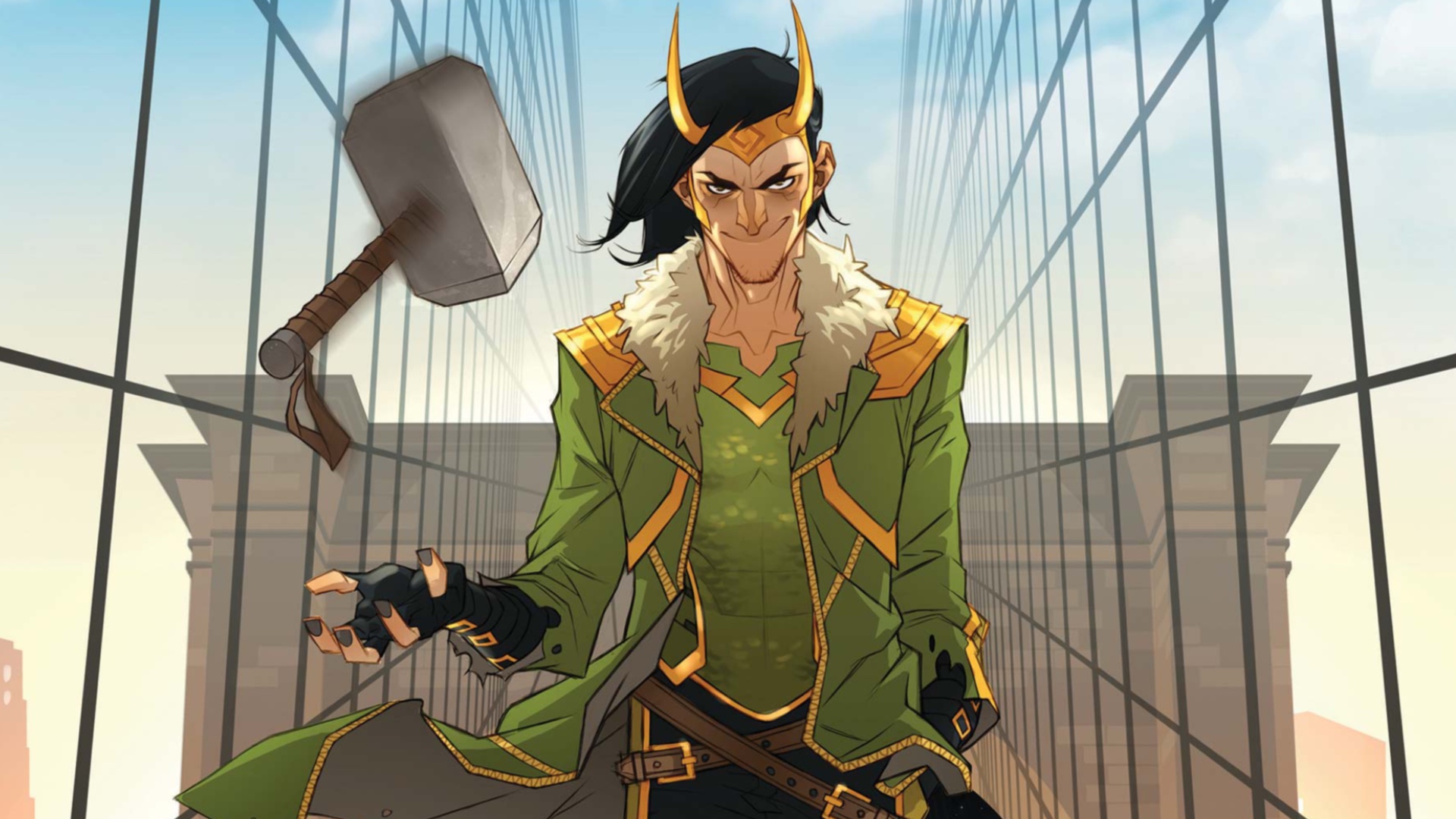
Loki took a major spotlight in the MCU with his recently-wrapped Disney Plus streaming show, which established the Multiverse and the concept of 'variants' of popular Marvel heroes and ideas as one of the main story beats for the current phase of the MCU.
In comic books, Loki has played the villain for many heroes and played the antitypical hero for his own stories, as well as forming his own version of the Avengers. In the past few years, the idea of Loki variants has become a key component of Loki's comic book stories - including, but not limited to, Lady Loki, AKA Sylvie.
Given Disney Plus's now-concluded Loki season 1 ventured into the many lives and adventures of Loki, now is a perfect time to also look back at the Asgardian trickster's best comic book stories ever - some of which may wind up influencing future seasons of the show. We've listed the best Loki comics stories below, including links where you can buy them.
Thor & Loki: Double Trouble
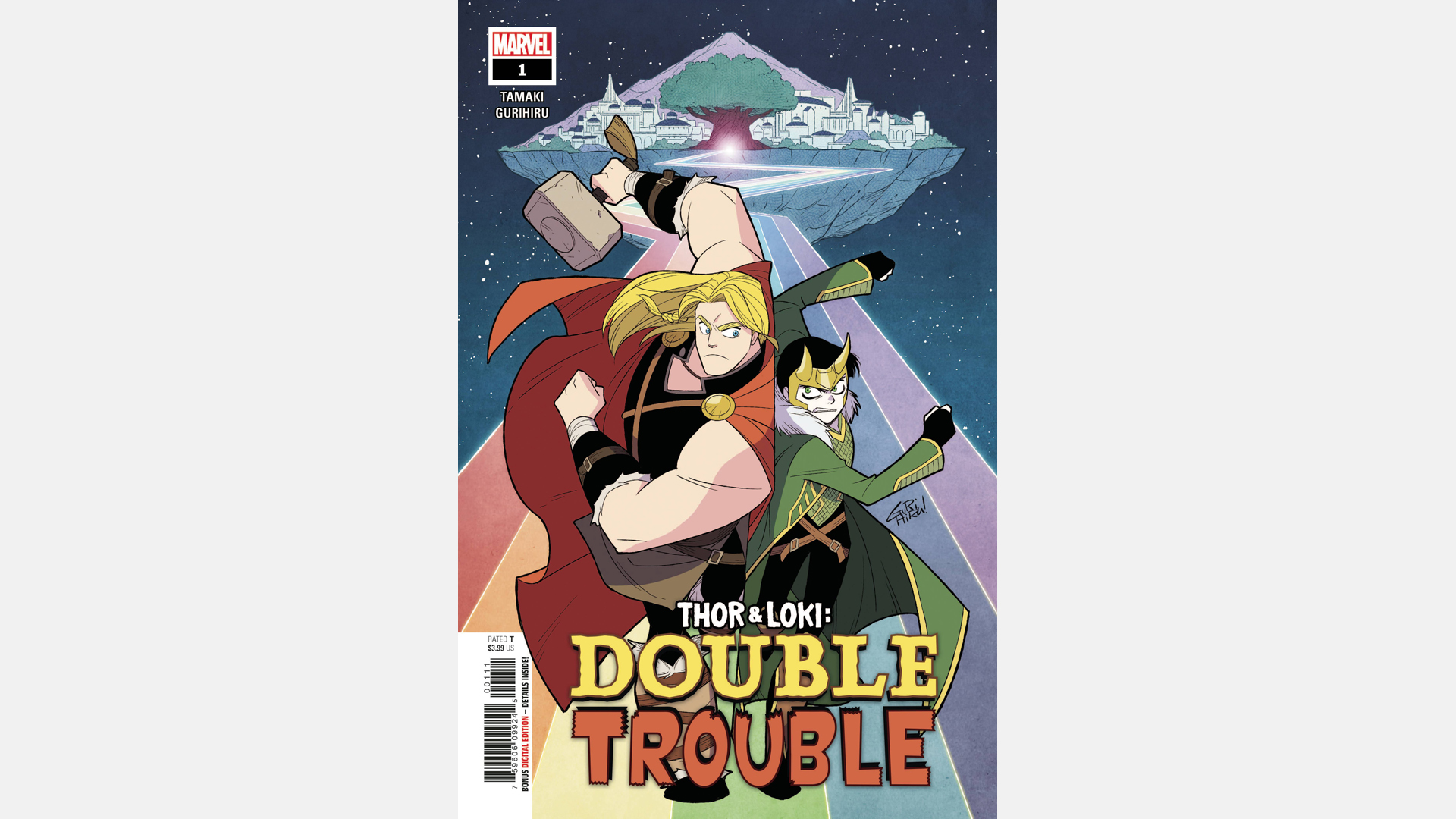
The crux of this god of mischief in many great Loki stories has been the relative contrast he's had against his more heroic brother Thor. That being said, comic fans have never really had many chances to see much of that brotherhood before it turned sour. That's where Thor & Loki: Double Trouble comes in.
This recent limited series goes right into that sweet spot with Thor and Loki acting like brothers would, daring each other to do something that their parents definitely wouldn't like. Thor dares, Loki accepts, and that's where the trouble begins.
As Loki dives a little too willingly into mischief, his brother Thor tags along to keep him out of the worst of it - even if it involves giant serpents, trolls, time travel, and even - yikes - cleaning chores.
Thor & Loki: Double Trouble really helps show they're loving brothers first and hated adversaries second - or even both at the same time.
Comic deals, prizes and latest news
Get the best comic news, insights, opinions, analysis and more!
Vote Loki

In the best Loki stories, he has found ways to achieve power through magic, trickery, and evil deeds. But in the political comedy Vote Loki, he finds he can get it by winning over the hearts and minds of voters.... using magic, trickery, and evil deeds.
Created in the aftermath of the 2016 US Presidental election, Vote Loki by writer Christopher Hastings and artist Langdon Foss (based on a concept by Tom King) takes the classic conceit of political demagogues and filters it through the lens of a superhero on the campaign trail, resulting in a surprisingly biting political satire that may have you second-guessing that Marvel would publish something so relatively risque.
Like a twisted version of the last season of NBC's The West Wing, Vote Loki touches on the ideas of sensationalized candidates, media circuses, and campaigning on real policy (or not) - but it's also a great character study to remind us just who Loki is, against a unique backdrop we'd never expect from him - or Marvel.
X-Men: The Asgardian Wars
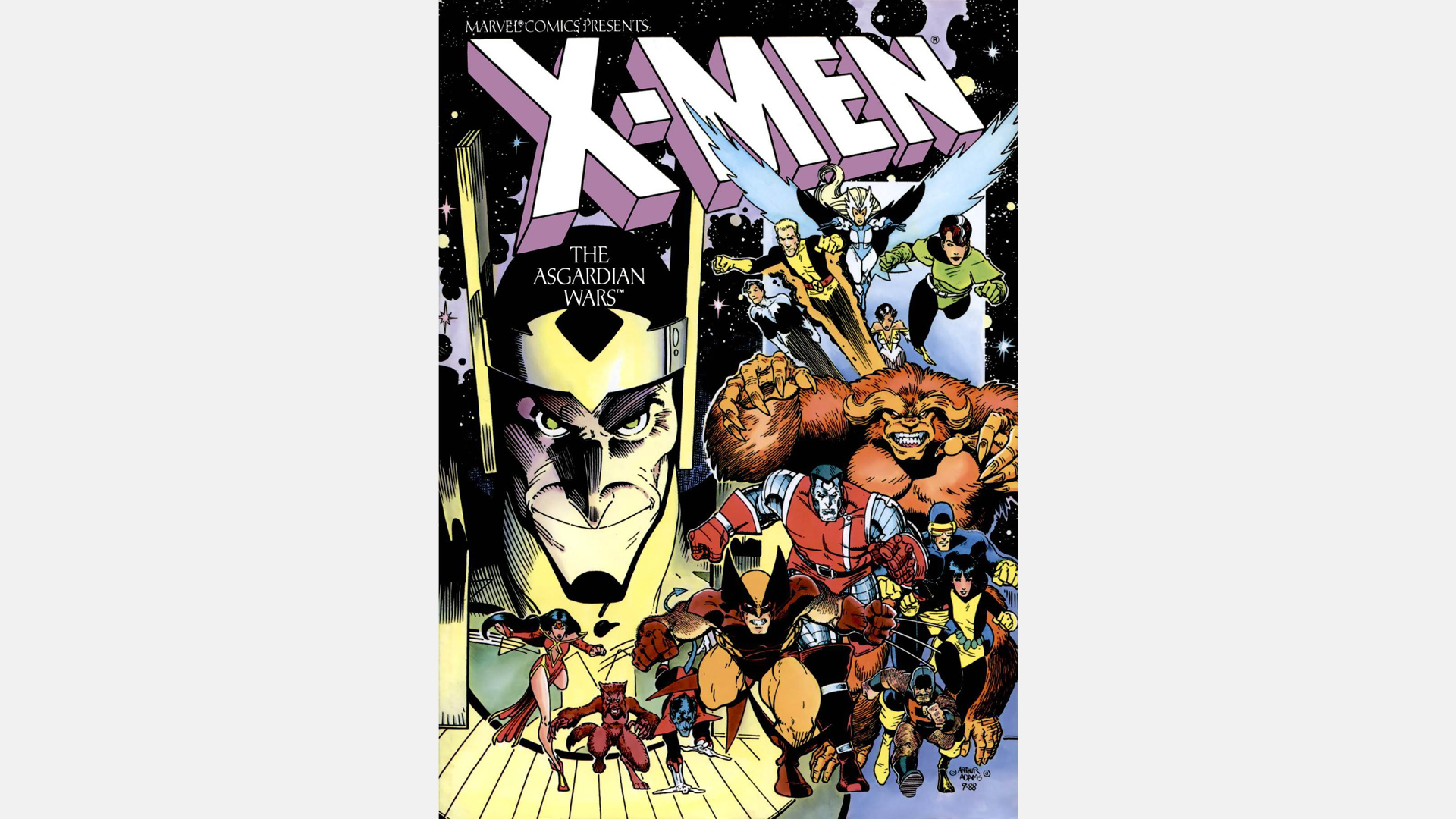
At first glance, you might find the X-Men and Asgard an odd mix, but it's that off-beat dynamic that has made their rare crossings memorable.
In these four issues collected as X-Men: The Asgardian Wars, a short-sighted attempt by Loki to gain extra powers to take over Asgard leads to him creating a magic mountain in Canada that gives normal humans powers (but with some side effects). Some of the X-Men get caught up in the scheme and rebuff the god of mischief.
Loki, not one to take defeat lightly, lashes out and kidnaps Storm in an even more fraught plan - to use her and her weather abilities to replace Thor as God of Thunder. That doesn't go too well, as both the X-Men and New Mutants come to Asgard, making a few friends along the way and defeating him once more.
The unique contrast of Loki and mutants makes this a potent story - especially for X-Men fans who rarely see the mutants get involved with this brand of magic. Chris Claremont, Paul Smith, and Arthur Adams meanwhile show how resourceful Loki is - and how quickly he can turn others into pawns in his larger schemes.
The Trials of Loki
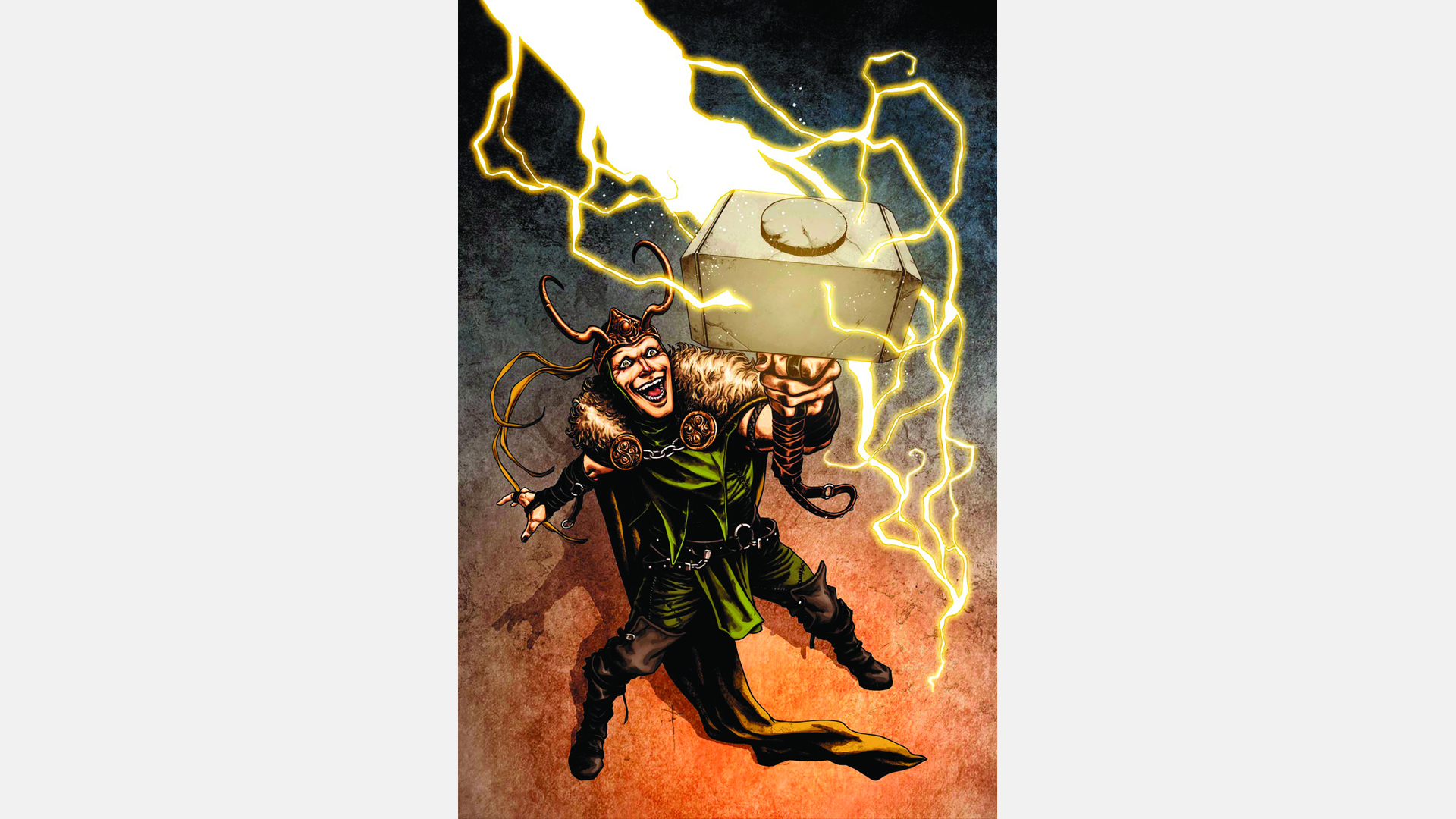
Loki's more than a bad guy, and the inner workings of the Asgardian god of mischief are explored in the limited series The Trials of Loki.
Writer Roberto Aguirre-Sacasa and artist Sebastian Fiumara created a taut retelling of Loki's origins and path to villainy, while also showing that he's much more than a one-note bad guy.
This four-issue series puts Loki's origin story squarely into the formula of Marvel heroes, while at the same time showing how one wrong choice can lead to other wrong choices and, well, you know the rest. It's that idea of choices vs. destiny that's at the heart of The Trials of Loki, as he and the other gods, who are aware of the mythological prophecies of their lives, question whether someone like Loki can become more than what he's 'destined' to be.
In addition to acting as a road map to better understand Loki and be one of Loki's best stories, The Trials of Loki is also soaked in various Norse legends that lend mythical credibility to the tale, focusing on the lore of the Asgardian gods.
Diversions & Misdirections
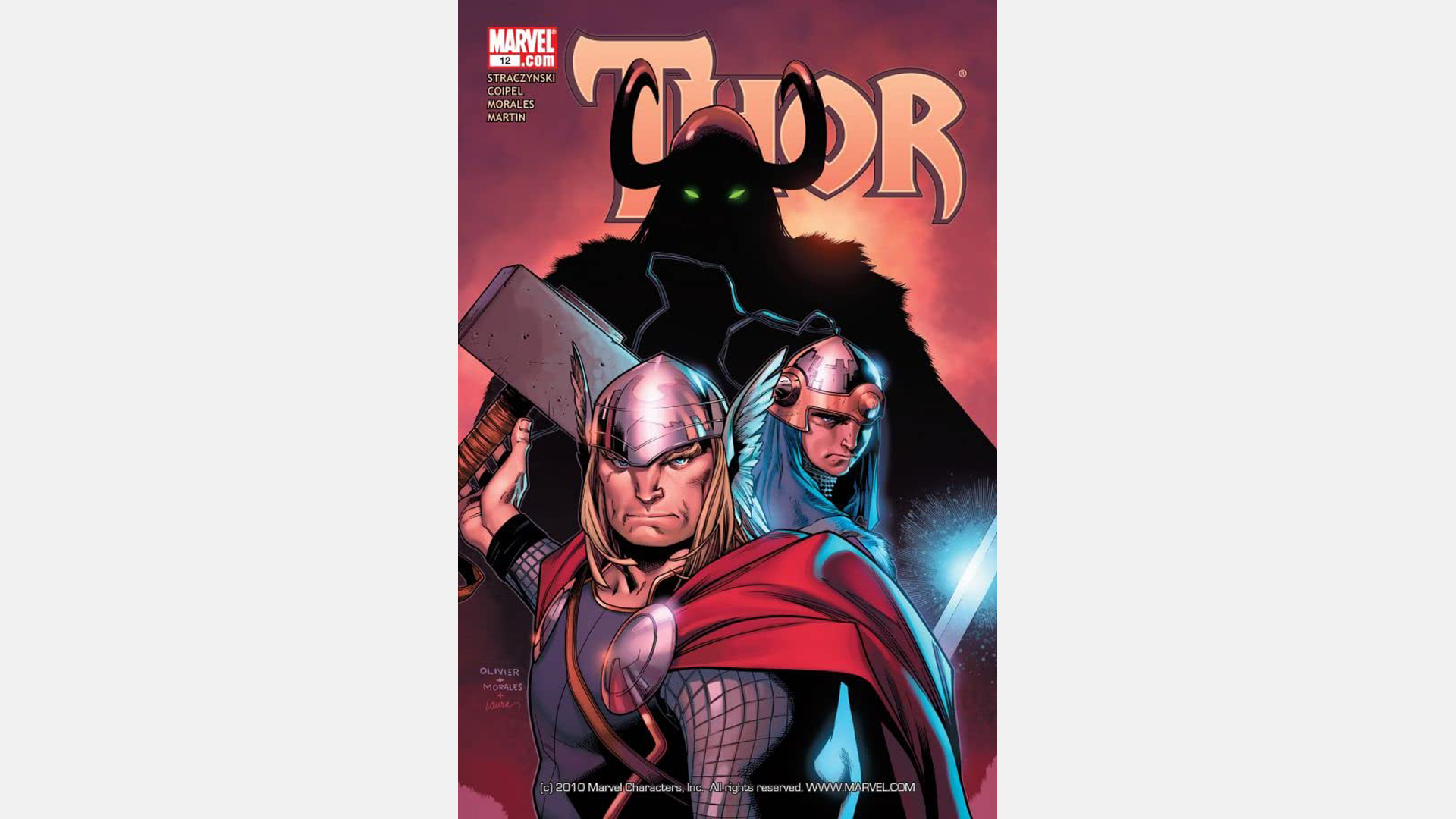
How much can you accomplish in just one 22-page comic book? If you're Loki (or creators J. Michael Straczynski and Olivier Coipel) you can rewrite history and change your future. (Loki might even have this on top of his personal list of 'best Loki stories'.)
A good example of this idea is the duo's Thor #12; a mostly one-off story that shows off the depths of Loki's power and the intricacy of the Asgardian trickster's schemes.
Set in the overarching plotline of JMS and Coipel's longer Thor run, Thor #12 serves as a great reminder of Loki's key moments and as a character study of who Loki is in comic books while it brings in even more aspects of Norse mythology, such as Loki's sometimes fluid gender and willingness to change forms to suit his needs.
In this issue, Loki (living as a woman in Sif's body) teams up with Hela, who in comic books as in mythology is Loki's daughter, to rewrite portions of their own past. Loki and Hela's scheme is complex, but it revolves around using illusion and time travel to resurrect Thor's grandfather Bor, blaming Thor for his second death, and getting Thor banished from Asgard.
While not a perfect standalone story, it's a great snapshot from a larger reel showing the complex, Machiavellian nature of Loki's machinations.
Loki: Agent of Asgard
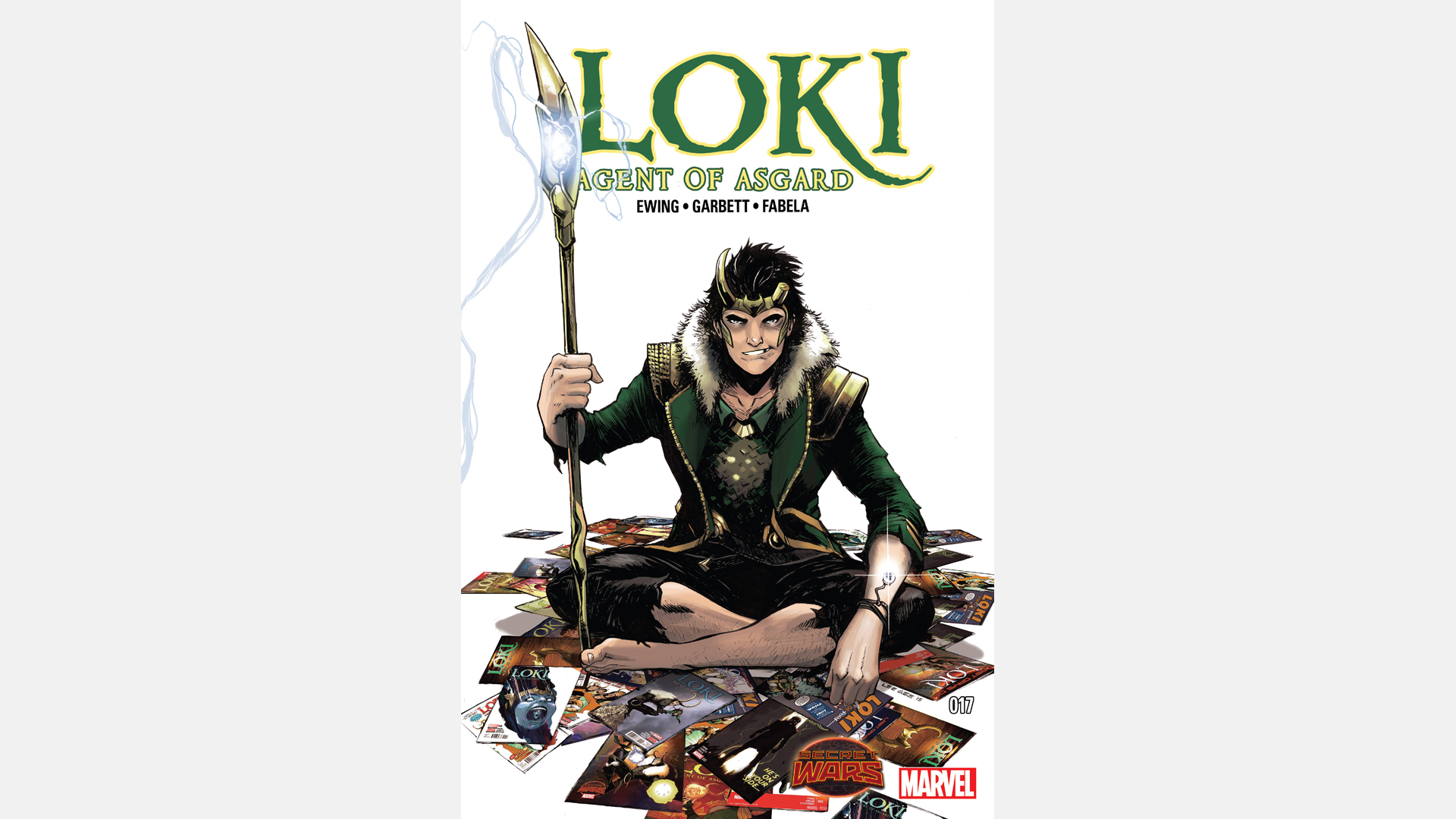
What if Loki became... a good guy? The devilish Norse demi-god does just that (and does a good job at it) in Loki: Agent of Asgard.
This is the teen Loki, trying to make amends for what he's done - and what was done by the classic, adult version of him that came before. For absolution, Loki makes a deal with his adoptive mother Freya to become a James Bond-style secret agent for Asgard, with every mission he completes overwriting the history of one of his previous misdeeds - essentially turning all the "red in his ledger" to black.
Writer Al Ewing and artist Lee Garbett take the conceit of Loki: Agent of Asgard and run wild, subbing the classic mythological fantasy you come to expect from a Loki story with some cloak-and-dagger espionage - all in and around the storied concepts of the Marvel U. And this isn't Loki going against his thieving and mischievous ways; it's simply him doing that thieving and mischief for a greater good.
It's a great run and only escalates when the now 'good guy' Loki comes across his classic, evil, adult version who springs back to life amidst the larger Secret Wars event that permeates the last issues of the run.
Thor & Loki: Blood Brothers
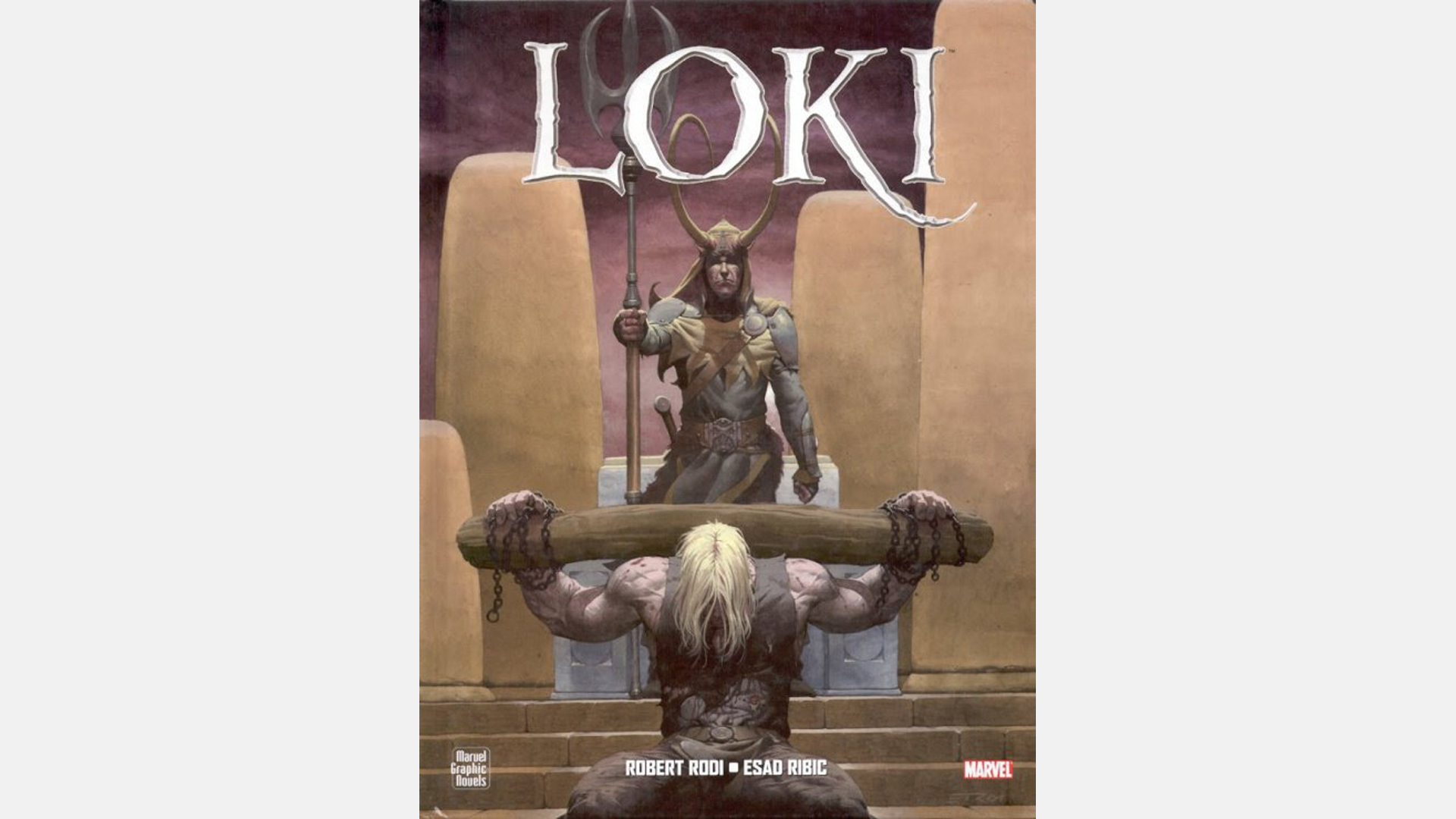
Several of the best Loki stories have explored the idea of the god of mischief turning over a new leaf and becoming a good guy, but few have explored what might happen if one of Loki's villainous schemes came to fruition and he actually won.
That's exactly what happens in the limited series Loki by Robert Rodi and Esad Ribic, later collected as Thor & Loki: Blood Brothers.
In this alt-reality tale, Loki does it: he dethrones Odin, imprisons Thor, and takes over as the ruler of Asgard and the Nine Realms. But when he finally attains what he was looking for since childhood, what does he actually do with it? Through the course of this series, a bitter Loki discovers that the unscrupulous tactics it took to make it this far might be outmatched by what's asked of him to keep his proverbial high ground.
Loki keeps his brother Thor enchained and under his thumb while he's king, but when Hela comes to Asgard and asks for the hammer-wielding god to be put to death, everything changes. For all the bitterness Loki has soaked in, Thor is still part of the family that took him in and forgave him time and time again. But after the bloody path he took to become the King of Asgard, can he spare his brother Thor without undermining all he sought to gain and finally achieved?
The epic twists of the story are matched by the equally epic painterly artwork of Esad Ribic. Years before the artist took on the biggest gig in the Marvel Universe with the crossover Secret Wars, Ribic helped define his Frazzeta-esque style with this Loki tale, giving a godly weight to every action in every panel, no matter how small.
Young Avengers: Style > Substance
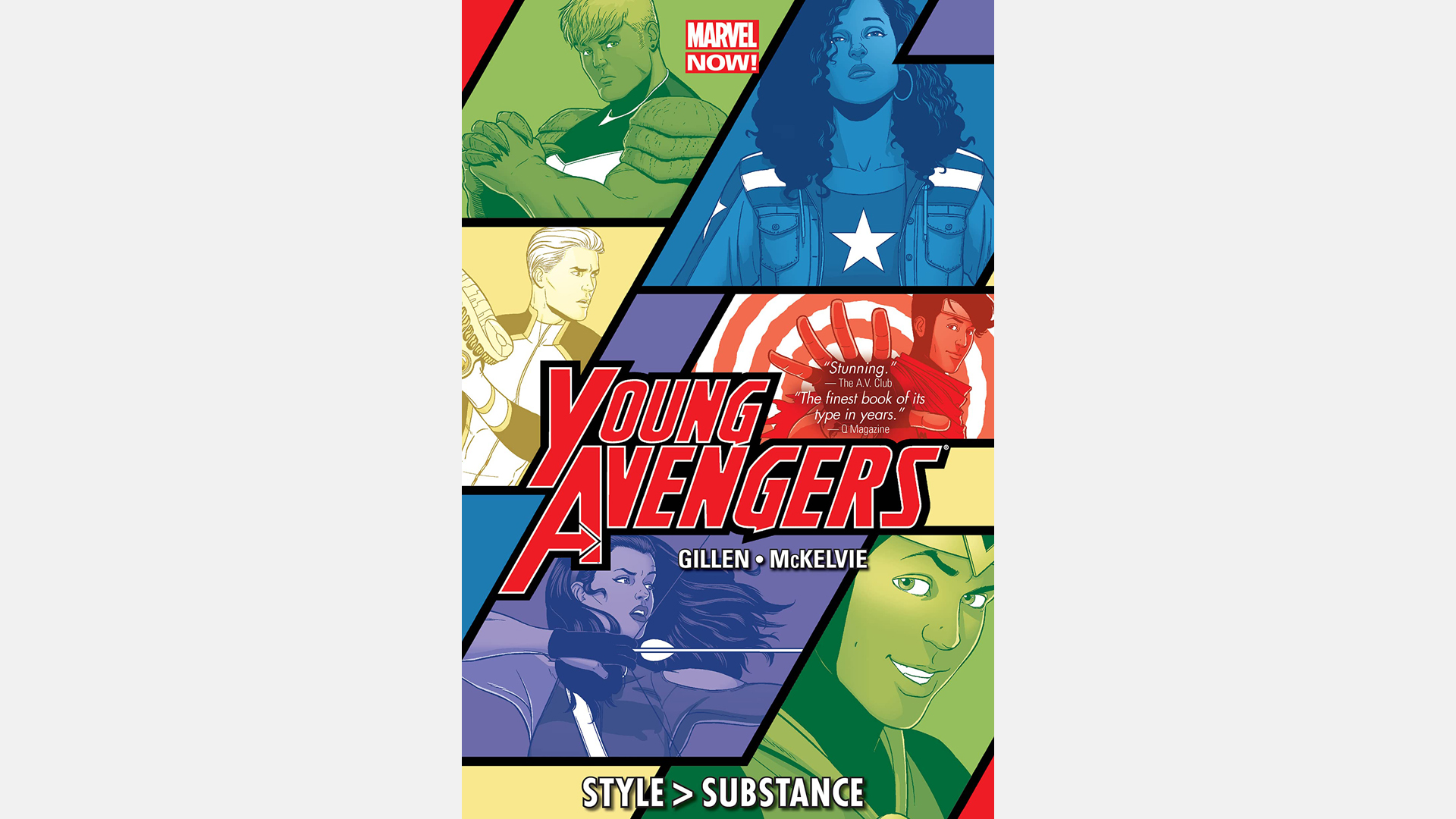
The Avengers were first founded to stop the threat of Loki, but we'd argue the better story is the time Loki recruited his own team of Earth's Mightiest Heroes - the Young Avengers.
In 2013's Young Avengers: Style > Substance by writer Kieron Gillen and artist Jamie McKelvie, Loki (first in the guise of Kid Loki, and later as a teen) recruits a team of young heroes to unknowingly do his bidding, under the pretense of being the good guys. The story follows Kid Loki's subversion by the memories and powers of the original, evil Loki. And though it starts with Loki manipulating his new team, he's quickly shown to have held onto much of the heart and heroism he developed while in his Kid Loki form.
This era of Young Avengers really blossoms around the idea of 'found family,' and the idea of random people becoming friends and a family unto themselves despite learning they were recruited for ulterior motives. By the end, even Loki himself has grown (literally, having aged into a teenager), confessing his manipulations to save his friends, and in doing so finally proving himself worthy of their trust.
Thor #364 - #366
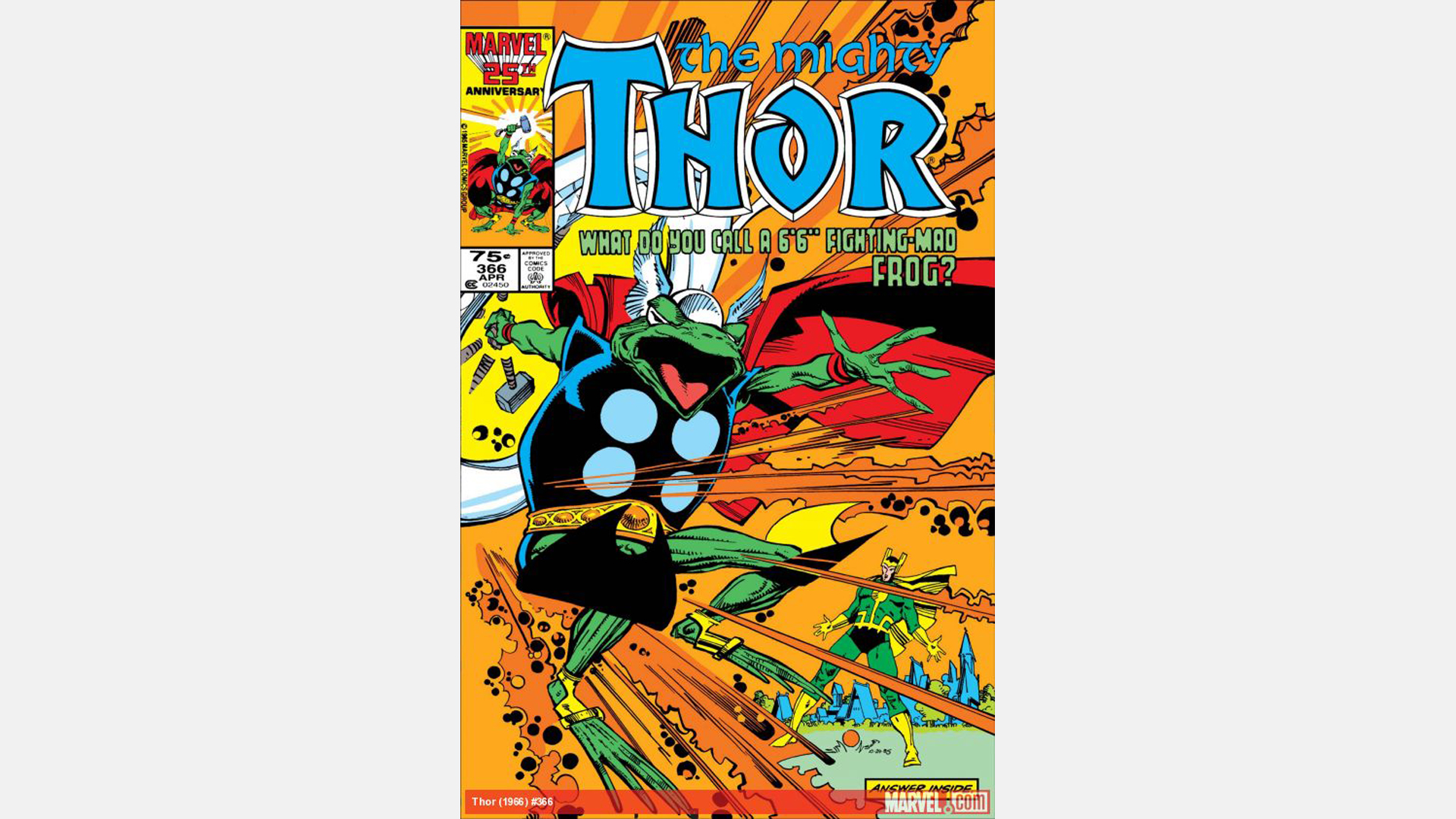
Witness Loki at his most conniving with Thor #364 - #366 by writer/artist Walter Simonson (collected in Thor by Walter Simonson Volume 4).
In his latest attempt to best Thor and take the throne of Asgard, the god of mischief comes up with the most brother-on-brother of schemes: he turns Thor into a frog. Frog Thor, as he's become known, is left to his own devices while Loki goes off to conquer Asgard.
This classic arc exemplifies the dark and unusual ways Loki's machinations would manifest themselves, but also how different of an adversary he is to Thor compared to the villains without the compunction to simply maim or kill the thunder god.
As for Frog Thor, he's somewhat lived on in a new incarnation (affectionately known as Throg), an amphibian who becomes empowered by a tiny sliver of Mjolnir.
Journey Into Mystery: Fear Itself
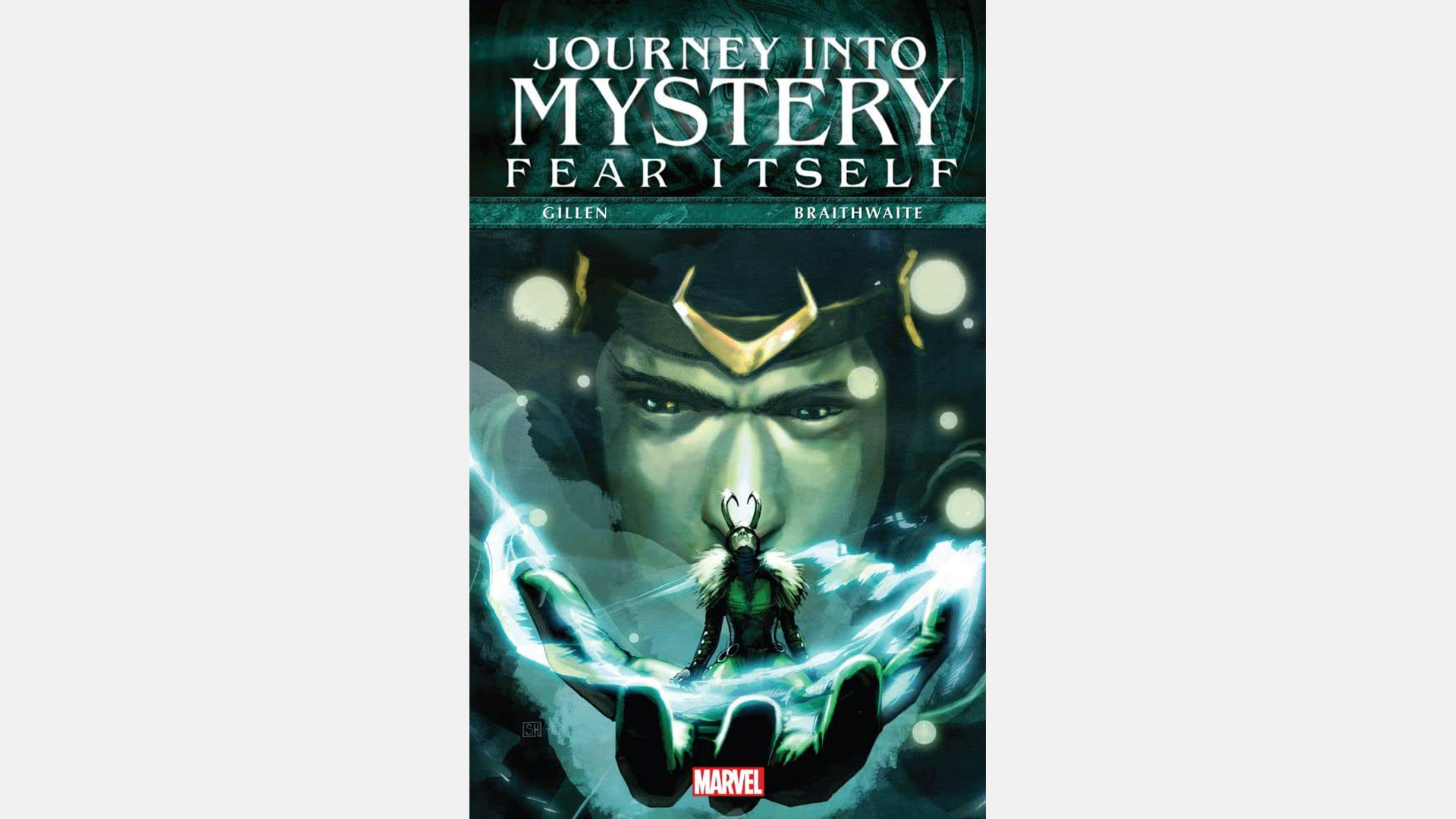
Adult-sized mischief is a bad thing, but when childish mischief can often be endearing, in a Dennis the Menace kinda way.
That's the case with Kid Loki and his debut in Journey Into Mystery: Fear Itself. Writer Kieron Gillen, with artists Doug Braithwaite and Whilce Portacio, finds a new, more likable side of Loki by turning back the clock and reincarnating him as a young teen after dying previously in the Marvel event Siege.
In this storyline, Kid Loki musters all of the trickery and subterfuge his adult self became reviled for, but this time his schemes are in the pursuit of turning over a new leaf as a hero. Sure he has to lie, cheat, and steal from his father Odin - but the Allfather only has himself to blame, as he refuses to believe Loki can change and spurns his attempts at redemption.
Through it all, Kid Loki manages to learn many lessons about what it truly means to be a hero and the kind of things he's capable of when he turns his gifts to good use. He even wins over his brother Thor, who comes to understand and love the reborn Kid Loki.
Though Kid Loki's debut tale arrives in the wake of Siege, and technically ties into Marvel's Fear Itself event, the story is refreshingly standalone with no other required reading, focusing specifically on Kid Loki and his new place in Asgard.
Loki's path to redemption in the Marvel Universe - and stardom in the MCU as a beloved anti-hero - all starts right here.
Chris Arrant covered comic book news for Newsarama from 2003 to 2022 (and as editor/senior editor from 2015 to 2022) and has also written for USA Today, Life, Entertainment Weekly, Publisher's Weekly, Marvel Entertainment, TOKYOPOP, AdHouse Books, Cartoon Brew, Bleeding Cool, Comic Shop News, and CBR. He is the author of the book Modern: Masters Cliff Chiang, co-authored Art of Spider-Man Classic, and contributed to Dark Horse/Bedside Press' anthology Pros and (Comic) Cons. He has acted as a judge for the Will Eisner Comic Industry Awards, the Harvey Awards, and the Stan Lee Awards. Chris is a member of the American Library Association's Graphic Novel & Comics Round Table. (He/him)



